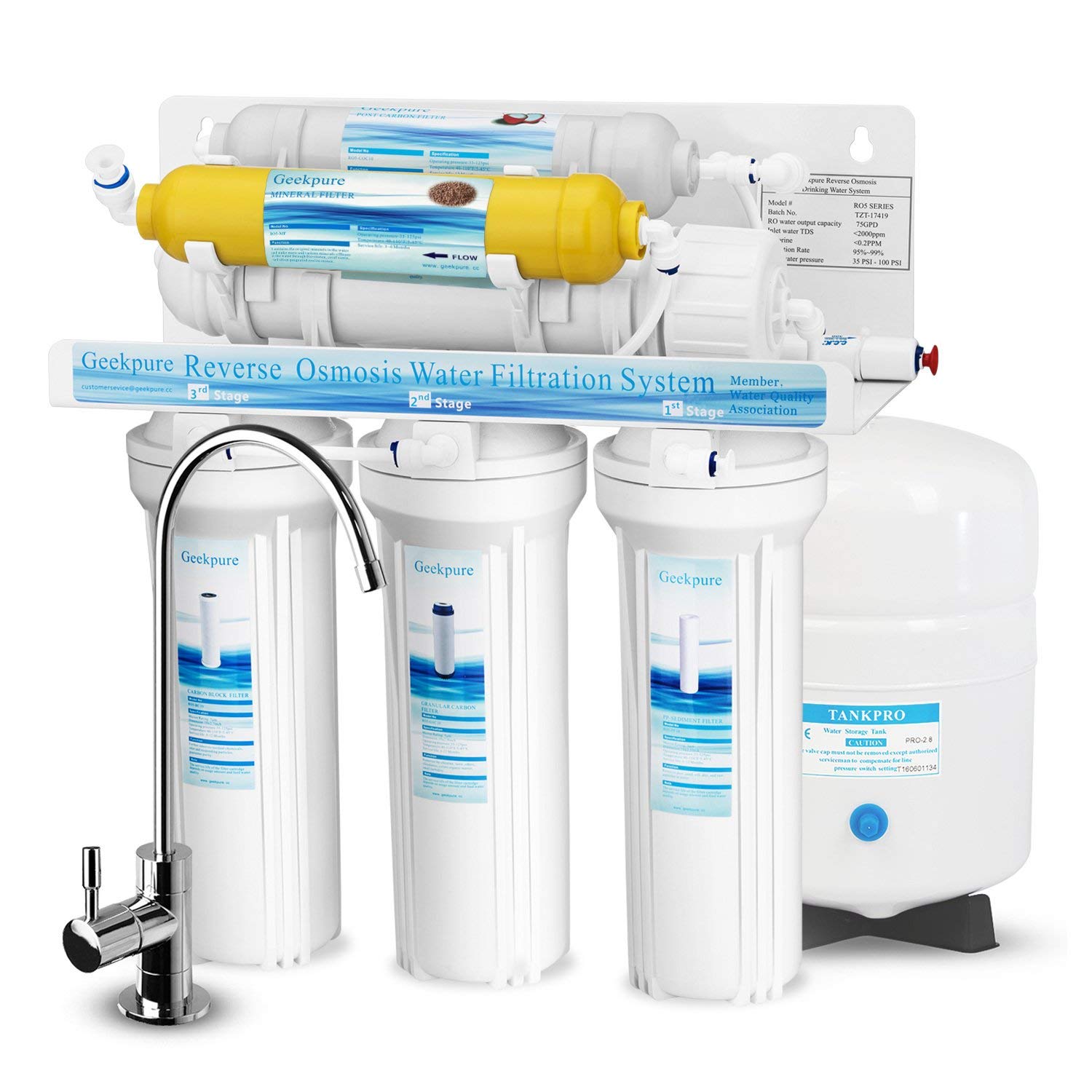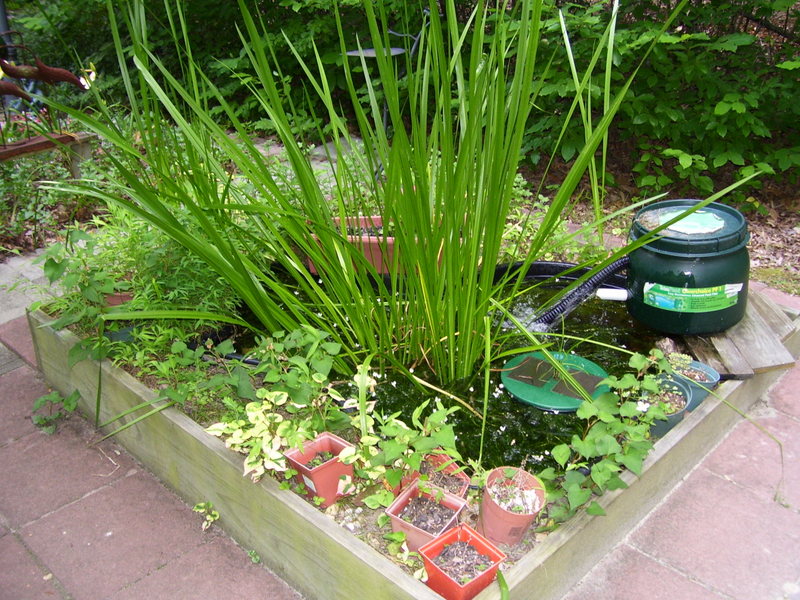10 Proven Ways to Get Rid of Koi Pond Algae - A Comprehensive Guide
10 Proven Ways to Get Rid of Koi Pond Algae - A Comprehensive Guide
Algae is a common problem for koi pond owners. It not only ruins the aesthetic look of the pond but also causes water quality issues and can be harmful to the fish. Therefore, it is important to take preventive measures to avoid the growth of algae and to get rid of it, if it has already infested your pond.
Common types of koi pond algae
Before we move on to the ways to get rid of algae, let’s explore the common types of algae that are found in koi ponds:
- Green water algae (floating algae)
- String algae (hair algae)
- Black algae (blue-green algae)
10 ways to get rid of koi pond algae
1. Proper filtration system
A good filtration system is the backbone of a healthy koi pond. It not only prevents algae growth but also maintains the water quality. Make sure you have installed a proper filtration system, and clean it regularly to avoid clogging.

2. Regular water change
Algae thrives in stagnant water. Therefore, it is important to keep the water moving by installing a pond pump and aerator. In addition, regular water changes help to eliminate excess nutrients that promote algae growth. Experts recommend changing at least 10% of the pond water every week.
3. Shade the pond
Algae requires sunlight to grow. Therefore, providing shade to the pond can limit the growth of algae. You can use plants, shades, or umbrellas to create a shady spot near the pond.

4. Barley straw
Barley straw has been used for centuries to control algae growth in ponds. When the straw decomposes in the water, it releases certain chemicals that inhibit the growth of algae. Experts recommend replacing the barley straw every six months.
5. Algaecide
Algaecides are chemicals that kill algae. They are effective but must be used with caution as they can harm fish and other aquatic life. Before using an algaecide, read the instructions carefully and use the recommended dose. It is also recommended to remove the dead algae after treatment to avoid further water quality problems.

6. Beneficial bacteria
Beneficial bacteria help to break down the excess nutrients that promote algae growth. They also help to maintain a healthy balance of microorganisms in the pond. You can find beneficial bacteria in the form of supplements or in certain foods for koi fish.
7. Manual removal
String algae can be removed manually by using a brush or a rake. This method is effective but can be time-consuming and requires effort. It is also important to remove the algae immediately as it can release toxins into the water when it dies.
8. Balance fish population
Overcrowding of fish can contribute to the growth of algae. Therefore, it is important to maintain a proper balance of fish population based on the size of the pond. Experts recommend having one inch of fish for every ten gallons of water.

9. Increase plant population
Plants not only add beauty to the pond but also help to reduce excess nutrients that promote algae growth. Experts recommend covering at least 60% of the pond’s surface area with plants. Some good options are water lilies, iris, and floating plants.

10. Reduce feeding
Excess feeding can contribute to the growth of algae. Therefore, it is important to feed the fish in moderation and remove any uneaten food promptly. Experts recommend feeding the fish once or twice a day, only the amount that they can consume within five minutes.
Conclusion
Algae growth in koi ponds can be a nuisance, but with proper maintenance and preventive measures, it can be controlled or eliminated. A combination of the above-mentioned ways can help you get rid of koi pond algae and maintain a healthy environment for your fish. However, it is important to choose the method that suits your pond’s size, type, and condition, and avoid any harmful chemicals or practices that can affect the pond’s water quality or the fish’s health.